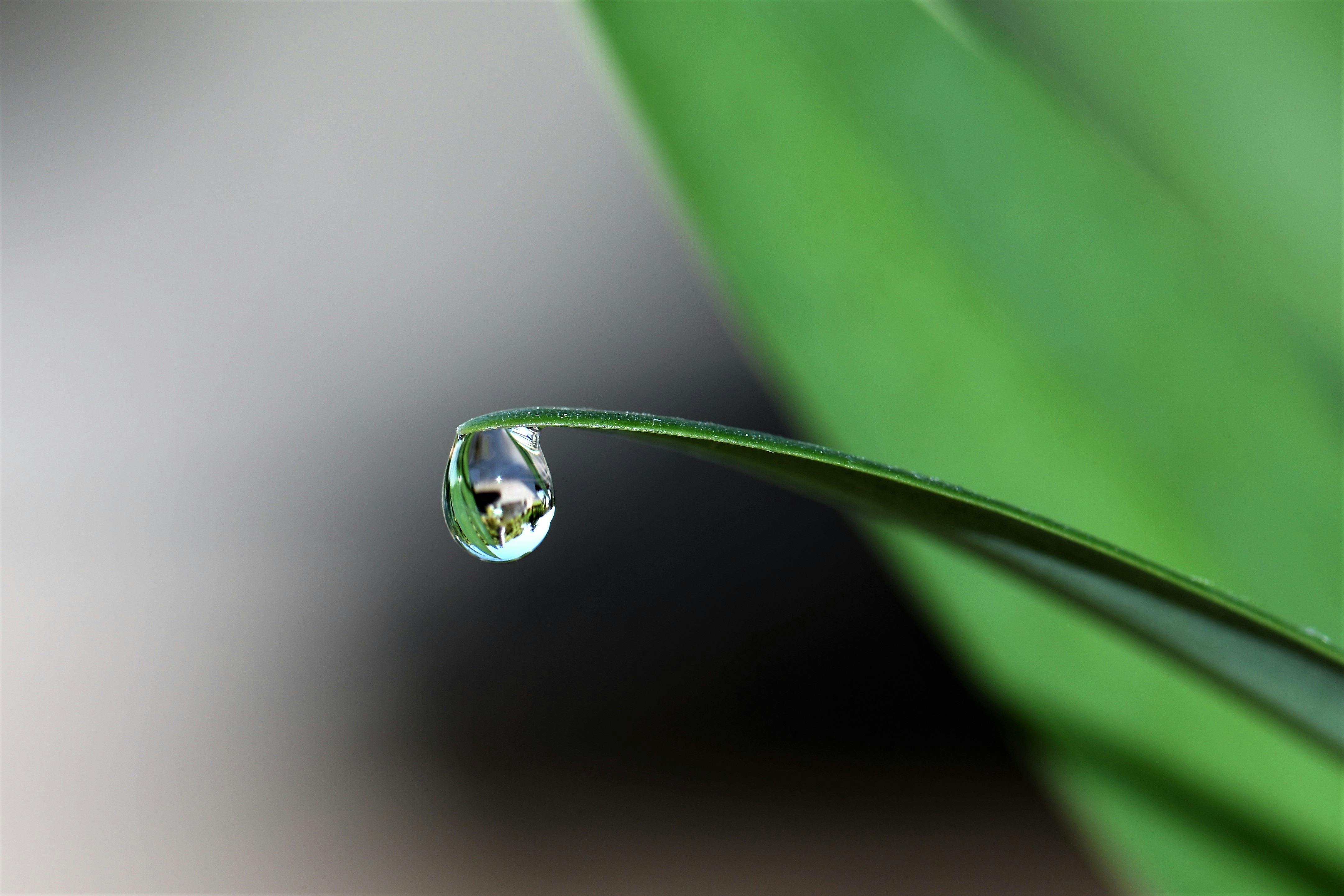Welcome to this video tutorial on how to build a rain garden. Rain gardens are a great way to manage excess water and add beauty to your landscape. In this tutorial, we’ll show you the steps you need to take in order to create an attractive and functional rain garden. We’ll cover topics such as choosing the right location, deciding on the best plants and soil, and constructing the garden itself. By the end of this tutorial, you should have all the information you need to build your own rain garden. So let’s get started!A rain garden is a planted depression or a mound that is designed to absorb rainwater runoff from impervious urban areas like roofs, driveways, walkways, and compacted lawn areas. This will help reduce runoff by allowing stormwater to soak into the ground (as opposed to flowing into storm drains and surface waters which can cause erosion, water pollution, flooding, and diminished groundwater). Rain gardens can also provide other benefits such as filtering pollutants from the water and providing habitat for wildlife.
Environmental Benefits of Building a Rain Garden
Rain gardens are an increasingly popular way to help reduce water pollution, conserve water resources, and protect wildlife habitats. By taking advantage of natural rainwater runoff, rain gardens can help reduce the amount of runoff that flows into nearby rivers and lakes. Additionally, they can provide much needed habitat for a variety of birds, butterflies, insects and other wildlife. Here are some of the environmental benefits of building a rain garden:
Reduced Runoff: Rain gardens help reduce stormwater runoff
Materials Needed to Build a Rain Garden
Building a rain garden is an essential part of protecting the environment. It helps to reduce runoff from storms and prevent flooding, while also providing a beautiful addition to your landscape. To build a rain garden, there are several materials that you will need in order to create an effective and attractive garden.
First, you will need soil for the garden. The soil should be well-draining and contain organic matter such as compost or manure. If possible, it is best to use soil from your own yard or purchase soil from
Rain Garden Basics
Rain gardens are an effective way to manage stormwater runoff. They are made up of plants and soil that are designed to collect, store and filter water from rain and snowmelt. This helps to reduce flooding, erosion, and pollution of surface waters. Rain gardens also provide habitat for local wildlife and can be a great addition to any landscape. Creating a rain garden is relatively easy, but there are some important steps that need to be taken in order to ensure the success of your project. Here is a step-by-step guide on how to build
https://images.pexels.com/photos/4087904/pexels-photo-4087904.jpeg
1. Choose the Right Location
When it comes to rain gardens, the key is to choose the right location. Rain gardens should be located in areas where rainwater can easily drain away from buildings, streets, and other structures. Ideally, you should choose an area that has enough room for a garden bed as well as a few feet of soil for drainage. Also, make sure that you are not creating a potential mosquito breeding ground by choosing an area with standing water.
2. Use Native Plants
Choosing the Right Spot for Your Rain Garden
Rain gardens are an important part of sustainable landscaping and water conservation. They provide a way to collect and absorb rainwater, reducing runoff and helping to protect local waterways. When planning your rain garden, one of the most important decisions is choosing the right location. Here are some tips to help you select the best spot for your rain garden.
The first step is to identify a low spot in your yard that collects water during storms. These areas will be ideal
Understanding Rain Gardens
A rain garden is an attractive landscaping feature that captures and stores rainwater runoff from your roof, driveway, or patio. Rain gardens help to reduce flooding, improve water quality, and create a healthy habitat for wildlife. They can also be a great way to add beauty to your yard or garden. When designed properly, they are both aesthetically pleasing and functional.
Selecting the Right Location
The first step in designing a rain garden is to select the right location. You will
Digging Your Rain Garden
Digging your rain garden is the first step in creating a beautiful, functional outdoor space. Before you start digging, it is important to plan out the shape and size of your garden. To do this, measure the area you want to use for your rain garden and draw a plan on paper. Once you have the dimensions of your garden figured out, you can mark off the area with string or stakes so that you know where to start digging. When digging your rain garden, make sure to dig it at least 6 inches deep and 12 inches wide

Conclusion
Creating a rain garden is a great way to help the environment, conserve water, and reduce flooding. With these easy-to-follow steps, anyone can create their own rain garden. It’s a fun and rewarding project that can be tailored to any size or shape garden.
Rain gardens provide more than just visual appeal; they also promote biodiversity and help reduce water pollution. By adding native plants, you can create a habitat for birds and other wildlife. Not only do rain gardens help the environment, but they are also low maintenance and require little
